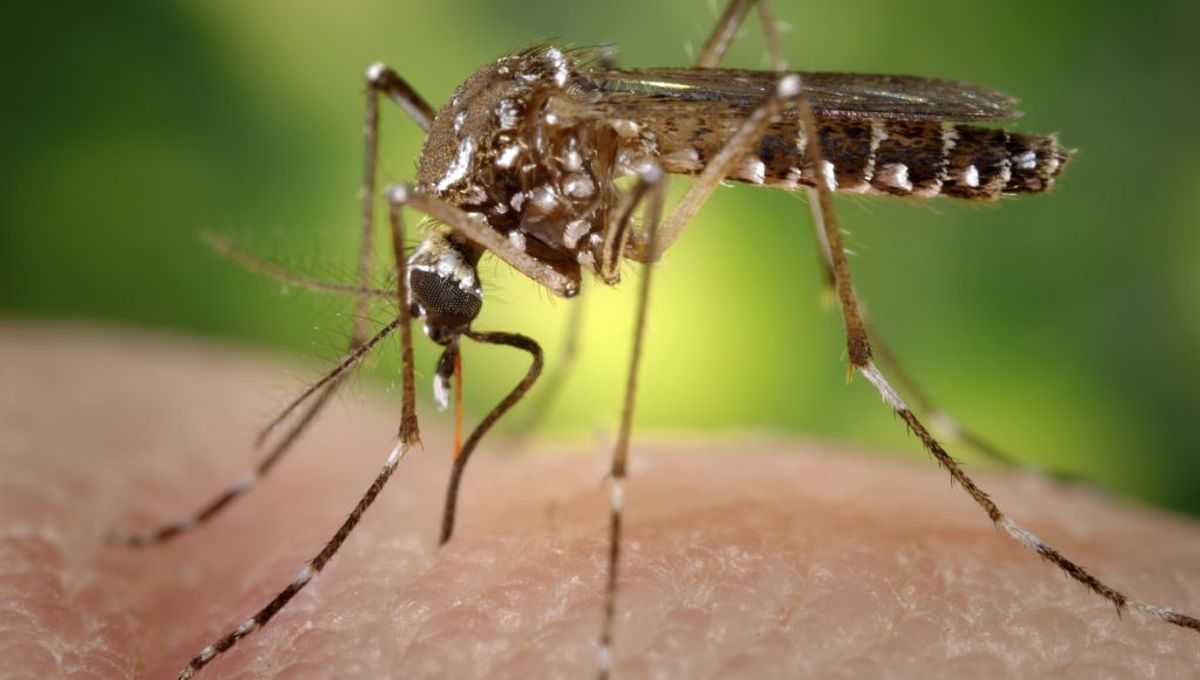In a recent presentation at the American Society of Tropical Medicine & Hygiene meeting, researchers shared intriguing findings about a rare virus called Cache Valley virus. Although these findings have not yet undergone peer review, they shed light on the handful of cases that have occurred across the country and introduce a potential test for detection.
“We don’t know much about it, there’s only been seven documented cases,” revealed Amanda Calvert, a research microbiologist at the Centers for Disease Control and Prevention (CDC), in an interview with HealthDay.
All seven individuals affected by the virus developed either encephalitis, a spinal cord infection, or meningitis, a brain infection. These cases were particularly severe due to preexisting conditions affecting their immune systems, resulting in three deaths and lasting effects for the remaining four.
However, the CDC suspects that the virus may have infected up to 18 percent of people nationwide, raising concerns about its potential impact.
What is Cache Valley virus?
Cache Valley virus was first discovered in the Cache Valley area of Utah in 1956. Primarily affecting sheep, it can also impact deer, cattle, and horses. The virus is transmitted to humans through mosquito bites and can cause various illnesses, including fever, encephalitis, or meningitis, as observed in the documented cases in the United States.
While the virus causes stillbirths and birth defects in lambs, it remains uncertain whether it has the same effects on humans, according to Calvert.
It’s important to note that Cache Valley virus is not contagious through coughing, sneezing, or physical contact with an infected person. The only mode of transmission is via mosquito bites. Although the virus has been found in different mosquito species, the primary culprits responsible for transmitting it to humans are currently unknown.
What are the symptoms?
Most people experience mild symptoms or none at all, as Calvert explained. However, those who do develop symptoms may have fever, headache, nausea, vomiting, fatigue, and sometimes a rash. In severe cases, individuals may also report a stiff neck, confusion, loss of coordination, difficulty speaking, or seizures. The incubation period for the virus is not precisely known, but symptoms can appear within a few days to two weeks after a mosquito bite, according to the CDC.
Are there treatments?
Currently, there are no specific medications available to prevent or treat Cache Valley virus infection. Treatment mainly focuses on alleviating symptoms with painkillers and ensuring plenty of rest and fluids.
Fortunately, the CDC has developed a new test to identify blood antibodies to the virus, which could enhance screening for infection. Although the test is still undergoing validation, there are hopes that it will soon be accessible to state health departments. This advancement will provide experts with a better understanding of the recent infections and whether they pose a significant public health threat, Calvert explained.
“We don’t know much about it,” Calvert emphasized. “So we don’t know yet if it is a growing public health threat, but everyone should always be mindful to protect themselves and their loved ones from mosquito and tick bites.”
How to protect yourself against Cache Valley virus
The best way to safeguard against Cache Valley virus is to prevent mosquito bites altogether. The CDC recommends using insect repellent, wearing loose-fitting, long-sleeved clothing, and employing screens or closing windows and doors to keep mosquitoes out of the house.
Calvert also advised individuals who are immunocompromised or taking immune-suppressing drugs to take extra precautions during the warmer months.
If you suspect that you or a family member may have contracted Cache Valley virus disease, it is essential to consult with your healthcare provider for proper guidance.
The research findings were presented at the annual meeting of the American Society of Tropical Medicine & Hygiene.
Please note that the content of this article is not intended to replace professional medical advice, diagnosis, or treatment. Always consult qualified healthcare providers for any questions or concerns regarding medical conditions.








